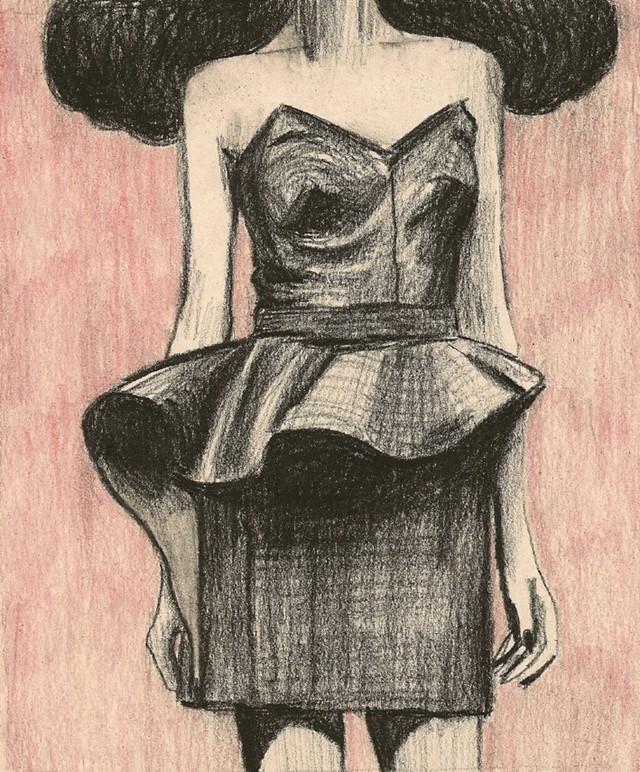Harriet Walkers celebrates Lanvin and the peplum
It may sound like a digestive aid, but the peplum is one natty add-on, to be sported girlishly or with gravitas, whether charming or chic. This humble frill of material, worn waist-high like a decorative skirting board for the torso, is fashion's great analogy for the abstruse art of female dressing.
At Lanvin this season, they were outsized, almost cartoon-ish, snaking from their proper place on the waist up to the shoulder and back and making cocktail dresses fun without being frou-frou. At Danielle Scutt, they were briefer, in ditzy prints on body-conscious dresses, morphing gently into apron detailing and multi-layered organza skirts.
So far, so womanly – which, of course, is the very point of a peplum. The ancients added them to togas and chitons to create feminine curves amid all that bagginess; Twenties garçonnes used them to spruce up plain tailoring. Christian Lacroix showed peplums (or pepla, if we're consulting our verb tables) as part of his much feted High Femininity collections of the late Eighties. And this, after so many seasons of androgynous workwear.
He brought sex – and some might say, objectification – back into fashion. Hips were veiled in fabric, but unveiled in public. The peplum became an Eighties mainstay, atop puffball skirts and fishtails. But with Miuccia Prada's resurrection of ladylike for A/W08, it became serious, trimming the most austere of tailored black dresses.
The traditional peplum drew the eye to the waist, narrowing the silhouette and improving your hourglass credentials. The modern one, though, slung low around the widest point of the hips, as at Balenciaga last autumn, is an ironic engorging of our most voluptuous parts. Body fascists take note: hips are back.
Harriet Walker is a fashion writer at The Independent
Zoë Taylor has appeared in Le Gun, Bare Bones, Ambit and Dazed & Confused. She is currently working on her third graphic novella and an exhibition



